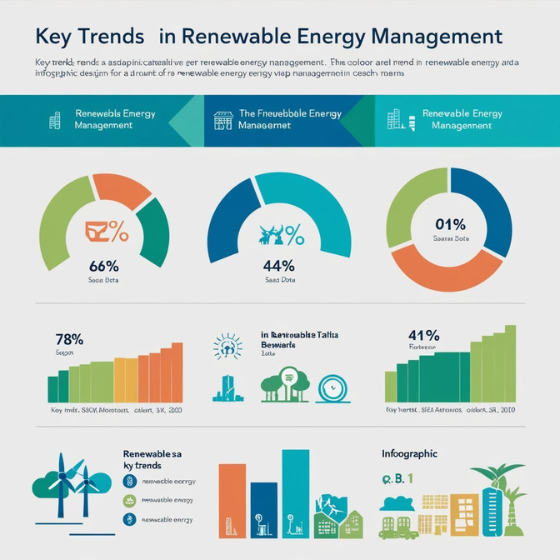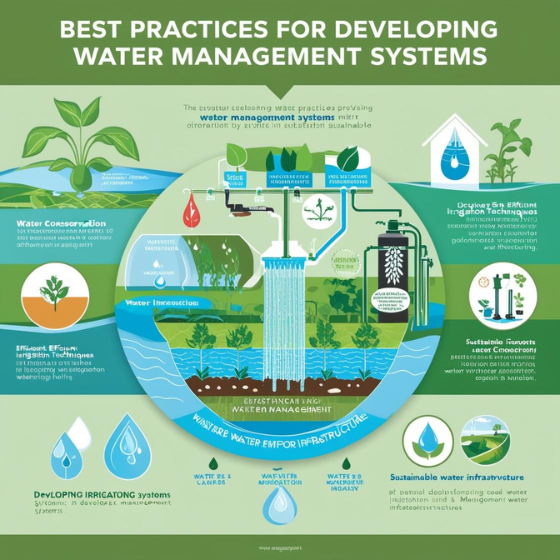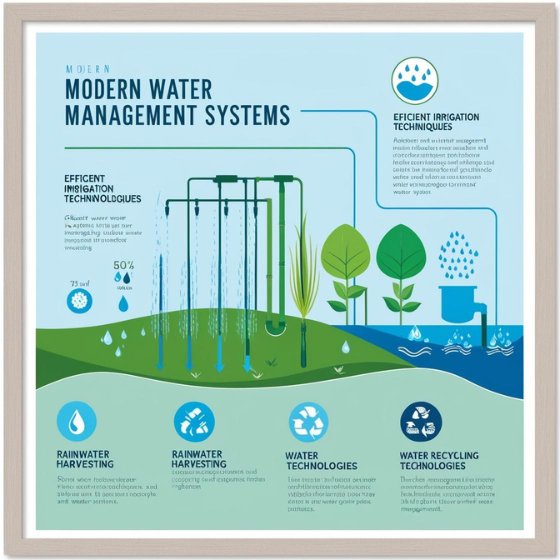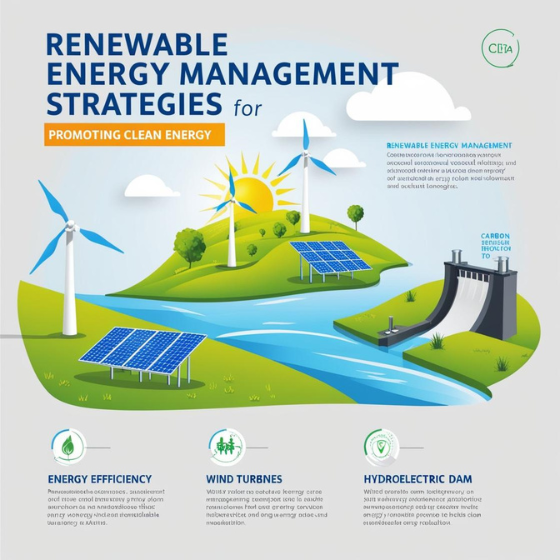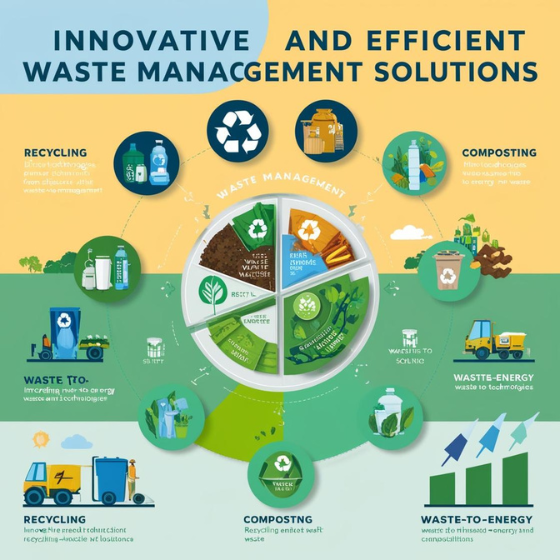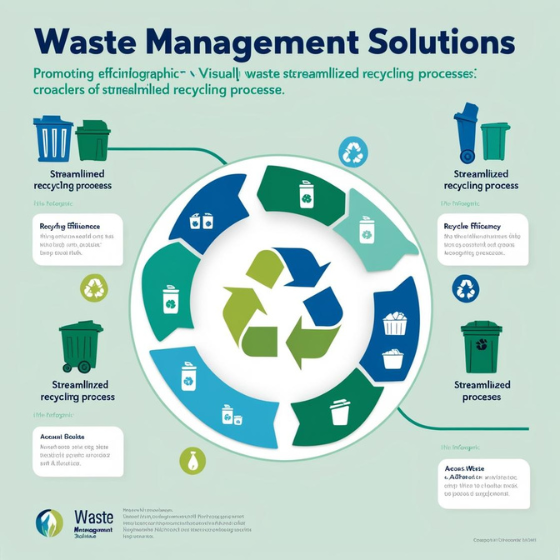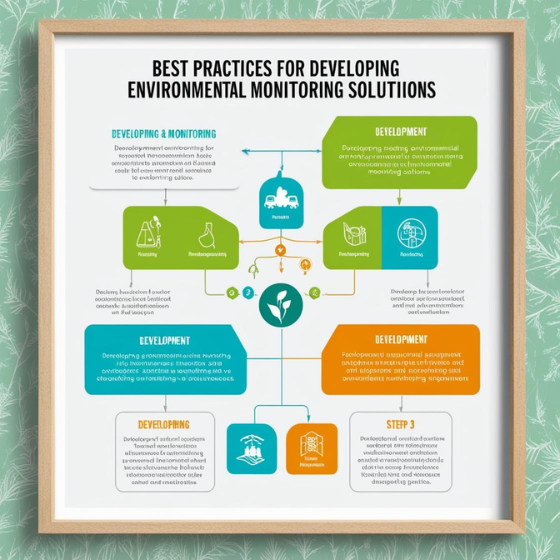Key Trends in Renewable Energy Management
As we move toward a more sustainable future, renewable energy management has become essential. By effectively managing renewable energy sources like wind, solar, and hydro, we can ensure long-term sustainability and reduce our carbon footprint. In this blog, we’ll explore the latest trends shaping renewable energy management. These trends offer solutions to make energy production, storage, and distribution more efficient and sustainable.
1. Smart Grids: Enhancing Efficiency
What Are Smart Grids?
Smart grids are power networks that use digital technology to monitor and manage electricity flow. They enable better integration of renewable energy sources, such as wind and solar, into the existing grid. By allowing real-time adjustments, smart grids improve the reliability of renewable energy.
Benefits of Smart Grids:
- Real-Time Monitoring: Operators can track energy flow and make immediate adjustments.
- Increased Efficiency: By optimizing energy distribution, smart grids help reduce waste.
- Better Integration of Renewables: They allow for smooth integration of solar, wind, and other renewable sources.
For example, Spain’s implementation of smart grid systems has led to a 15% reduction in energy costs while improving renewable energy management.
2. Advanced Energy Storage: Ensuring Reliability
Energy storage plays a critical role in renewable energy management. Since renewable energy is intermittent, energy storage systems ensure a reliable power supply when production is low.
Key Storage Solutions:
- Lithium-Ion Batteries: Commonly used for residential and commercial energy storage.
- Pumped Hydro Storage: Surplus energy is used to pump water uphill, which can later generate power.
- Flow Batteries: Suitable for large-scale energy storage and long-duration needs.
Energy storage solutions enable businesses and homes to store solar energy during the day for use at night. Tesla’s Powerwall, for instance, helps homeowners store energy generated by solar panels, reducing dependence on the grid.
3. Decentralized Energy Systems: Empowering Consumers
Decentralized energy systems, also known as distributed generation, are transforming how energy is produced. Instead of relying on large, centralized power plants, energy can now be generated closer to where it is used.
Key Trends in Decentralization:
- Solar Panels: More homeowners and businesses are installing solar panels to generate their own power.
- Microgrids: These are small, self-sustaining systems that can operate independently or connect to the main grid.
- Community Solar Projects: Groups of people invest in a shared solar system that benefits the entire community.
By adopting decentralized systems, people gain greater control over their energy use. For example, in Brooklyn, New York, residents share a community solar project, allowing them to save on energy costs while reducing their carbon footprint.
4. AI and Machine Learning: Optimizing Energy Management
Artificial intelligence (AI) and machine learning (ML) are making renewable energy systems smarter. These technologies help optimize energy production, storage, and consumption, leading to more efficient systems.
How AI is Changing Renewable Energy:
- Energy Forecasting: AI predicts energy production based on weather patterns, improving distribution planning.
- Demand-Side Management: AI can analyze usage patterns and adjust energy consumption to match availability.
- Predictive Maintenance: AI helps detect issues in equipment before they cause problems, reducing downtime and repair costs.
For instance, Google uses AI to optimize energy use in its data centers, reducing consumption by 15% while enhancing cooling system efficiency.
5. Blockchain for Energy Trading: Creating Transparency
Blockchain technology is being integrated into renewable energy management. It enables secure, transparent, and decentralized energy transactions, allowing consumers and businesses to trade energy directly with each other.
How Blockchain Helps:
- Peer-to-Peer Trading: Consumers can sell excess energy to others, bypassing traditional utilities.
- Smart Contracts: Blockchain uses automated contracts to ensure fair and transparent transactions.
- Microgrid Management: Blockchain simplifies energy exchanges within microgrids, improving local energy efficiency.
For example, Power Ledger, an Australian startup, uses blockchain to enable peer-to-peer energy trading. This platform allows users to sell solar energy directly to neighbors, reducing the reliance on the grid.
6. Green Hydrogen: A Clean Alternative
Green hydrogen is hydrogen produced using renewable energy sources. As the world looks for ways to reduce emissions, green hydrogen presents a promising solution for industries, transportation, and energy storage.
Green Hydrogen Uses:
- Energy Storage: Hydrogen stores energy generated by renewable sources for later use.
- Clean Transportation: Hydrogen fuel cells power vehicles without emitting greenhouse gases.
- Industrial Applications: Green hydrogen can replace fossil fuels in industries like steel production.
In Europe, the European Union is increasing its efforts to scale up green hydrogen production as part of its goal to achieve net-zero emissions by 2050.
Conclusion
The renewable energy sector is evolving rapidly, and these key trends will shape the future of energy management. From the integration of smart grids and advanced storage technologies to the use of AI, blockchain, and green hydrogen, each trend contributes to a more sustainable energy future. As renewable energy adoption continues to grow, these innovations are critical for creating cleaner, more efficient energy systems.
At Sodio, we specialize in helping businesses integrate advanced renewable energy management solutions. Our expertise can help you stay ahead in the transition to cleaner energy.
Contact Sodio to learn how our renewable energy management solutions can help you optimize energy use and contribute to a sustainable future.
